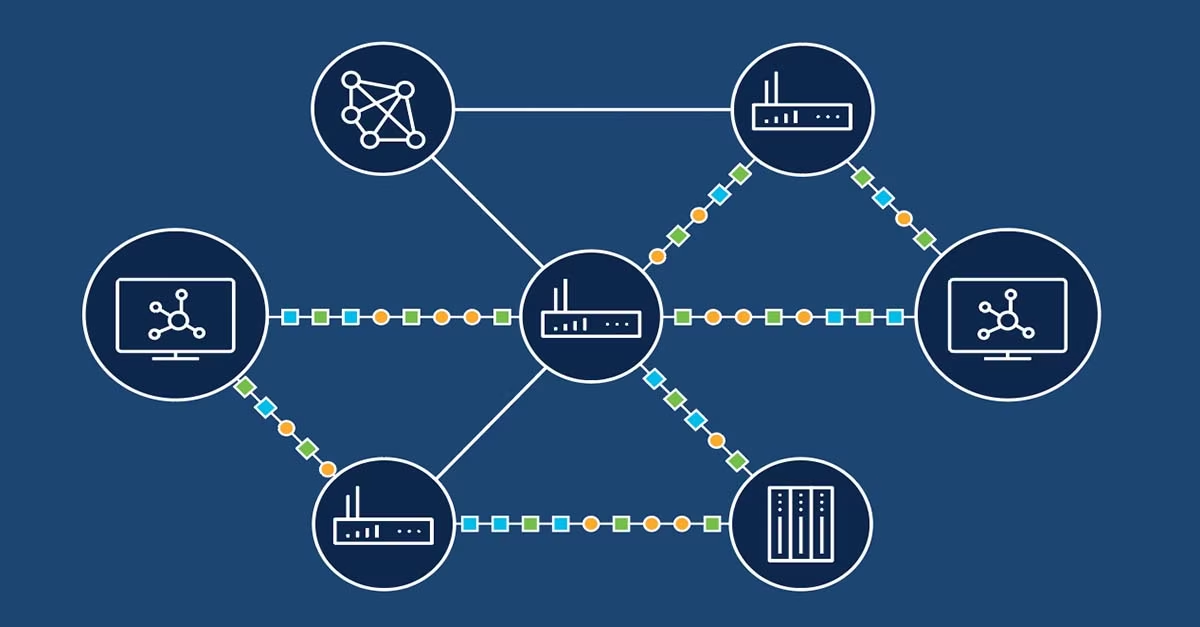Wi-Fi - An Introduction
Wireless Fidelity or commonly known as Wi-Fi is a wireless technology that allows a system (computers, laptops, mobile phones etc.) to connect with the internet and to exchange information within a network. It provides internet service to a limited range depending upon the range covered by the routers.
How does Wi-Fi work?
On the technical side, the IEEE 802.11 standard explains the protocols that enable communications with current Wi-Fi-enabled wireless devices, which include wireless routers and wireless access points (APs). Wireless access points support different IEEE standards and these standards work on different bandwidths, and frequencies and support a different number of channels.
Access Points: The access point function is to connect the wireless devices to the wireless network and provide the service of the internet via using the bandwidth provided by the routers/switch. This creates the LAN, WAN AND WLAN network.
Routers: Devices provided to connect to the internet by the Internet Service Providers (ISPs).
Radio Frequency: Frequency which is used by WiFi networks, it consists of no physical interaction, it ranges from 20KHz to 300 GHz.
-Frequency (F): Number of beats that take place per second or no of times an event takes place in a unit of time i.e., F=1/T
Here F denotes the frequency
T denotes time
Frequency is measured in hertz.
WiFi basically works on 2.4 GHz and 5GHz radio bands (radio frequencies), these bands are divided further into multiple channels, these channels can be shared on a single network but at a single time, only one transmitter will be able to transmit on a channel.
Let’s understand the basic difference between 2.4 and 5 GHz radio bands.
Antenna: Equipment which can transmit electrical waves to radio waves or vice versa to do the function of transmitting or receiving signals is called antenna. It works on the principle of a line of sight and ground waves philosophy.
The signal range of the antenna is measured in terms of power gain and thus has units measured in Decibels.
The waves can travel from a transmitter to a receiver or vice versa via three modes:-
Line of sight means in a straight line manner.
Ground waves mean moving with the earth’s curvature.
Via Ionosphere, means will go up in the sky bounced back by the layer and reach to the aimed location.
Antenna types:- Basically antenna can be omnidirectional, unidirectional or semi-directional.
Wire: Common one, found in automobiles, aircraft, ships, buildings etc. They can be of monopole, dipole and loop types.
Aperture: A type of directional antenna, with an opening in the surface to emit radio waves. They can be slot types (used in microwaves) or horn antennas.
Rest they can be of grid type, parabolic or dish antenna, sector antenna etc.
Wifi Communication band name:
-802.11b: Oldest band, the maximum throughput of 11mbps over a short range, uses the 2.4GHz band.
-802.11a: High speed, a throughput of 54 Mbps, uses 5GHz band.
-802.11g: Successor of 802.11b, runs on 2.4GHz, supports up to 54mbps range.
-802.11n: Upgraded version, supports 2.4GHz with optional support of 5GHz band.
-802.11ac: Property of multiple data streams, increased transfer speed, uses 5GHz band, the throughput of 433mbps to 866mbps.
SSID (Service Set Identifier Device) :
1-32 character unique id or network name was given to a WLAN. The main purpose of SSID is to differentiate one WLAN from the other WLAN. For example, if company A employees want to connect to network WLAN A and Company B employees want to connect to network WLAN B, with the use of SSID, they will be able to identify and connect to the right network easily.
WiFi Security Protocols: Protocols to make the WiFi network secure.
Wired Equivalent Privacy (WEP-1999): Earliest security protocol, 40-bit encryption key, not so secure and easily hackable.
WiFi Protected Access (WPA): Stronger encryption, using Temporal Key Integrity Protocol (TKIP) which works on changing keys every time.
WiFi Protected Access 2 (WPA 2): Same as WPA with an advanced secured version WPA by using Advanced Encryption Standard (AES).
WiFi Protected Access 3 (WPA 3-2018): Provides cutting-edge protocols to the market, it supports forward secrecy, meaning that any traffic that came across your network before an outsider gained access will remain encrypted, While with WPA2, decryption of old traffic can easily take place.
AUTHENTICATION SERVER: It is used to know whether the user who is trying to get into the network server is genuine or not via authentication like user data (Id and password). The Authenticator is an Access point which sends your request to the authentication server which later on asked for security details like Id and password.
Security Framework of AAA:
Step-1---Authentication: It means Who are you?- Credentials
Step-2---Authorization: It means what can you do or allow to do?- tasks, time period etc.
Step-3---Accounting: It means data of what you do? - how, when and what you are using.
Process of Security framework functioning:
Laptop/Device-----------(User connects and ask for Id & Password)--------------WAP----------(authentication request)-----------Compares with database by RADIUS (Remote authentication dial-in user services)----------------Authentication acknowledgement----------------records in accounting database-------------Approval given to a device

Comments
Post a Comment